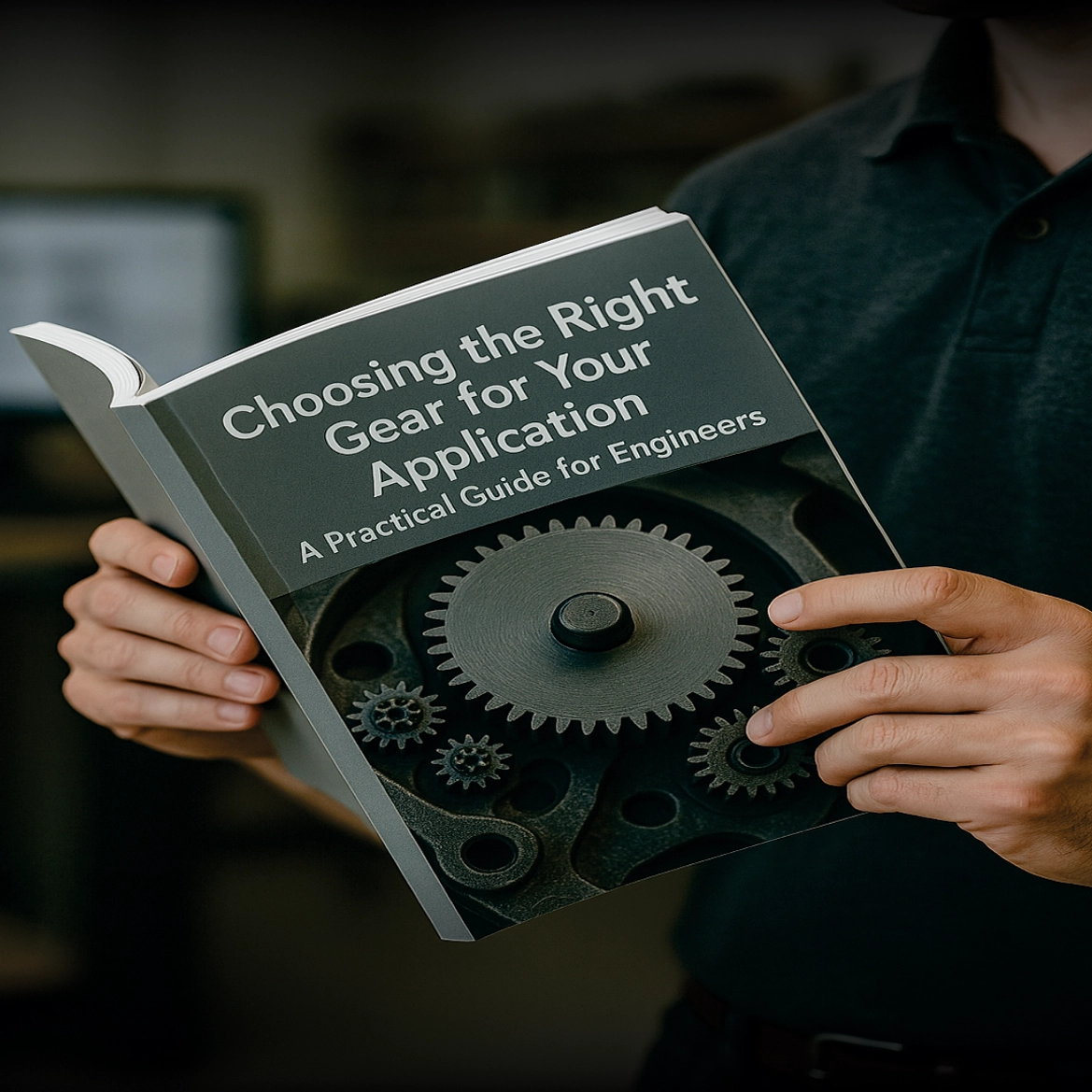


In the case of mechanical systems, the gear is the one component that is overlooked most of the time, yet, it is the most essential. Choosing the appropriate gear does not only mean assembling parts but the optimization of the movement, minimum energy loss, and reliability of the system in the long term. Whether you're working on an automotive gear system, designing a gearbox for heavy machinery, or building gears for robotics and automation, the right gear choice can define whether your entire system succeeds or fails.
This guide built for engineers and decision makers who have doubts about which gear they should but for their project or system. If you want clear, application-specific insight backed by real-world use cases, you’re in the right place.
All the machines, whether it is lift, rotate, drive, or position all depend on the gears to manipulate power movement within it. However, with the wrong type of gears, or those of the poorly sized, you get into all sorts of trouble: lots of backlash, unanticipated wear, ineffective torque transfer, overheating, and finally, failure of the system.
The impacts are not small. When it comes to the world of automobile, a wrong choice of gears might result in ineffective transmission of power and resulting increase in fuel consumption. Misaligned gears may lead to expensive downtime and early-term failure of equipment in any industrial settings. And even with the sorts of high precisions (such as aerospace or robotics) even small gearing mis-matches can disrupt the whole move system.
It is because of this why it is essential to comprehend the context of gear functioning rather than seeing it independent of other gears.
Take a few steps back and evaluate the basic requirements of your system, before getting into the trade how-type of gear and specifications. The first step in gear selection is to have a clear perception of what the gear has to perform, and in what manner.
Also when you list these down, it already serves as a guideline for selecting the proper gear type and specs.
Gears are not all alike. They both have their advantages and disadvantages according to your application purpose.
Selection of a gear is not a matter of guesses. It requires also some important engineering calculations so that the gear could be strong enough to withstand real functioning.
First, consider the gear ratio. This will inform you about the relationship between the input and output speeds and this directly impacts on torque multiplication. Systems that are either moved too fast, too slow, and do not produce force as expected are as a result of miscalculating this.
Second is load analysis. The theory should be used to calculate the bending stress occurring on the teeth, using tools such as the Lewis formula, and AGMA to evaluate contact stress. These calculations assist you in avoiding tooth cracking or wear out under immense burden.
It also depends on the backlash tolerance particularly under precision conditions. Gears using helical teeth naturally minimize backlash, although in some circumstances it may be necessary to have special solutions such as preloading the gears, anti-backlash mechanisms, etc. This is often required in aerospace or automation custom gear solution.
Lastly, ever think about compatibility of materials. Steel and bronze have superior wear resistance and load bearing capacity whereas plastic or composite gears may be used to operate in less load and noise sensitive regions but are faster to wear and more prone to the effects of heat and humidity.
It is a common mistake, though, to find an engineer thinking that any gear will simply work because it fits or its size suits. It is also erroneous. These are some of the frequent erroneous practices that give rise to real life problems:
They can be avoided through a correct checklist and simulation tools at the early design stage.
Your system can be as sophisticated as it gets but it is only as weak as its most vulnerable part. The gear is that part in many situations. A bad one can initiate a chain of problems and a good gear may deliver the knock-your-socks-off performance, longevity and reliability.
No matter what field you work in- automotive systems of the future and heavy machinery, robotics, or even aerospace support systems the gear selection decision should not be seen as a secondary decision to engineering.
We are committed to delivering the highest quality services to our clients earning their trust thus ensuring complete satisfaction.

We needed ultra-small gears for a robotic automation project. The micro robotic gears from Swadeshi exceeded expectations in both performance and longevity. Great experience!

We’ve been sourcing precision and brass gears from Swadeshi for over 3 years. The consistency in quality and on-time delivery has made them our go-to supplier for automotive micro parts.

We ordered a wide range of worm wheels and spline shafts for industrial prototyping. The gear tolerance and machining precision were top-notch. Highly reliable vendor!

Swadeshi’s plastic and brass spur gears have been instrumental in scaling our production of home appliance motors. Excellent product strength and durability.


Get specialized gear manufacturing and customization services
from our experts
with every bulk inquiry
Copyright © 1996 - 2025 | Swadeshi Engineering Enterprises Pvt. Ltd. All rights reserved.
Created and Promoted by Lead Sure
